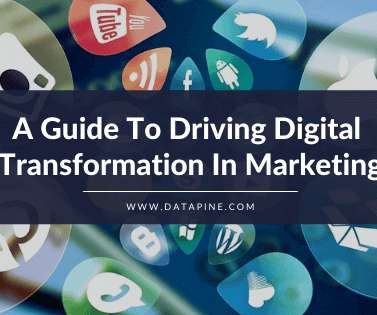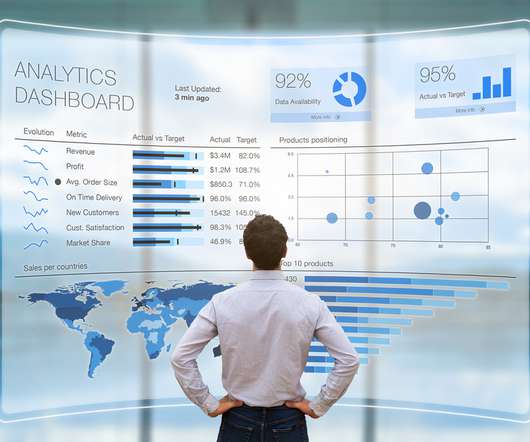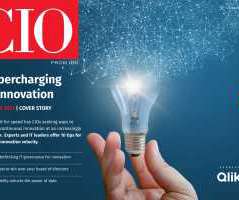A Complete Guide To Driving Digital Transformation In Marketing
datapine
APRIL 21, 2022
Digital transformation is a broad term that is difficult to define precisely. Think of digital transformation as a way to future-proof a business. But, you can consider it a change in the business activities to prioritize your business’s digital presence. Steps To Driving A Successful Digital Transformation.















Let's personalize your content